Everest” is a survival drama film based on the real-life events of the 1996 Mount Everest disaster. It follows the journey of climbers attempting to summit Mount Everest but encountering a sudden storm that leads to tragedy.
1. How does Everest End?
As the emotional conclusion of Everest unfolds, the remaining climbers are overcome with tears as they embrace their loved ones at the New Zealand airport. Meanwhile, Beck can finally hold his wife, Peach, in a heartfelt reunion.
2. How was Beck Weathers Rescued? What Happened To Him Later?
One of the most thrilling highlights of Everest was the rescue of Beck Weathers (played by Josh Brolin). Despite being abandoned by his fellow climbers, Beck mustered the strength to descend and reach the camp where the IMAX camera crew discovered him.
With the support of his devoted wife, Peach (portrayed by Robin Wright), the American Embassy quickly organized a daring helicopter rescue. The risks were immense, as the thin air made it dangerous for a helicopter to reach the camp or depart safely.
However, a skilled pilot from the Nepal Army, Lieutenant Colonel Madan (depicted by Vijay Lama), successfully airlifted Beck off the treacherous mountain and to a hospital. The exhilarating rescue truly showcased the bravery and resourcefulness of all those involved.
Beck, a seasoned climber, had conquered almost every peak, filling him with a sense of belonging and thrill. However, this passion came at a cost as it consumed much of his personal life, often overshadowing his family responsibilities, fueled by the rush of endorphins.
The epilogue of Everest reveals that Beck Weathers paid a heavy price for his love for mountain climbing, losing his nose and both hands to the intense frostbite endured during the storm. Yet, upon his return, he found solace in reconciling with his wife, Peach, whom he had previously forgotten to celebrate their special day with.
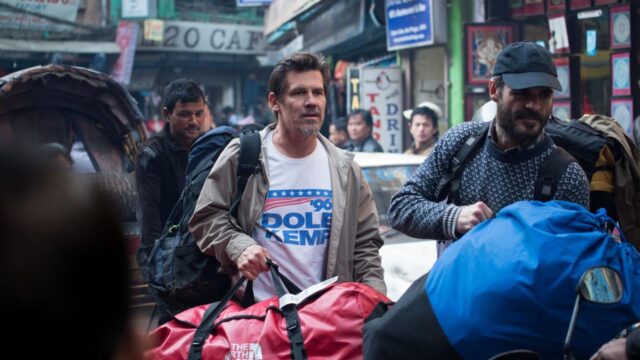
3. Why Did the Group Leave Beck and Yasuko?
Trapped in a raging blizzard, their fellow climbers and guides, convinced that Beck and Yasuko were beyond rescue, made the difficult decision to leave them behind. The group’s limited supplies also factored into the decision, as they hoped to utilize them to aid others.
As a result of their recent treatments, Beck Weathers’ vision was severely impaired by the intense UV radiation and high altitude. At the same time, Yasuko battled against hypothermia during their descent down Everest.
With limited resources and plenty of other climbers left out on the mountain, Beck and Yasuko were left behind by the other climbers. Beck eventually loses consciousness, and Yasuko later dies during the night.
As mentioned previously, Beck was ultimately rescued thanks to the help of the IMAX team and made a remarkable recovery. Yasuko’s body was later brought down the mountain in 1997.
4. How were Andy’s hallucinations responsible for his death?
After being sent by base camp to deliver spare oxygen, guide Andy Harris starts undergoing a medical emergency after locating Rob.
With Doug falling to his death and Rob stranded high up on Everest, Andy Harris huddles with him to wait out the storm. While Rob is asleep, Andy starts hallucinating and eventually strips off his outer layers, sliding down Everest to his death.
Caroline had previously mentioned in the film that hallucinations and removing clothing are common signs of hypothermia or hypoxia. The brain interprets extreme cold as heat, leading to paradoxical undressing.
This condition has been observed in multiple cases of hypothermia and hypoxia and is typically a sign that the person is close to death. Due to being stranded on the mountain without enough oxygen for an extended period, the man began hallucinating and stripping off his layers despite likely suffering from frostbite.
The actual fate of Andy Harris remains a mystery, leaving the filmmakers to interpret his death with creative freedom. Despite this uncertainty, it is widely believed that Andy bravely returned to the summit to aid stranded climbers – as evidenced by the discovery of his climbing equipment.
His body never surfaced, and there were no witnesses to his demise, leaving the filmmakers to envision his tragic end.
The harrowing film Everest depicts Andy’s heroic ascent to the South Summit in a desperate attempt to save his fellow climbers, unaware that he, too, was succumbing to the lethal effects of hypothermia.
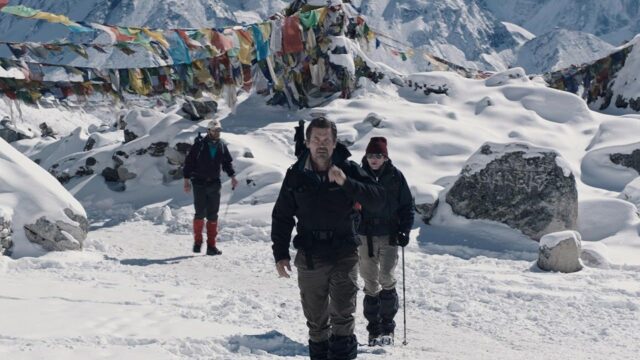
5. What is the real meaning of Everest’s ending?
The message behind Everest’s conclusion rings true: while indulging in thrilling and daring experiences can be exhilarating, scaling the notorious mountain demands an intense and all-encompassing struggle.
As the pinnacle of all summits, Mount Everest poses the threat of death should Mother Nature decide to unleash her wrath or if an unseasoned mountaineer underestimates the dangers.
Despite the considerable sacrifices and efforts made by the climbers as they faced the formidable Everest, their valiant attempts still fell short in the end.
The fact that the film’s final shot is of Rob’s body frozen in the snow shows the reality of how deceptively dangerous Everest can be despite its peaceful-looking front.
This is compounded when Helen returns to New Zealand and is met by Jan, now a widow. It gives the movie a solemn focus on the reality of climbing Mount Everest instead of a glamorized, happy ending.
According to EW, with Everest, director Baltasar Kormákur wanted to show the real gritty experience of the 1996 disaster instead of making it a glorified hero movie. This was also done to honor real-life survivors and their families.
6. About Everest (2015)
Everest is a 2015 biographical survival adventure film directed and produced by Baltasar Kormákur and written by William Nicholson and Simon Beaufoy. It stars an ensemble cast of Jason Clarke, Jake Gyllenhaal, Josh Brolin, John Hawkes, Robin Wright, Michael Kelly, Sam Worthington, Keira Knightley, Martin Henderson and Emily Watson.
It is based on the real events of the 1996 Mount Everest disaster, and focuses on the survival attempts of two expedition groups, one led by Rob Hall (Clarke) and the other by Scott Fischer (Gyllenhaal). Kormákur, Universal, Walden Media, Cross Creek and Working Title dedicated the film to the late British actress Natasha Richardson.
The film opened the 72nd Venice International Film Festival on September 2, 2015, and was released theatrically on September 18, 2015. It was first released in IMAX 3D on September 11, 2015, in the UK and in IMAX 3D, RealD 3D, and 2D internationally, and exclusively in IMAX 3D, on September 19, 2015 as a limited release in the United States and Canada, and along 36 other countries.
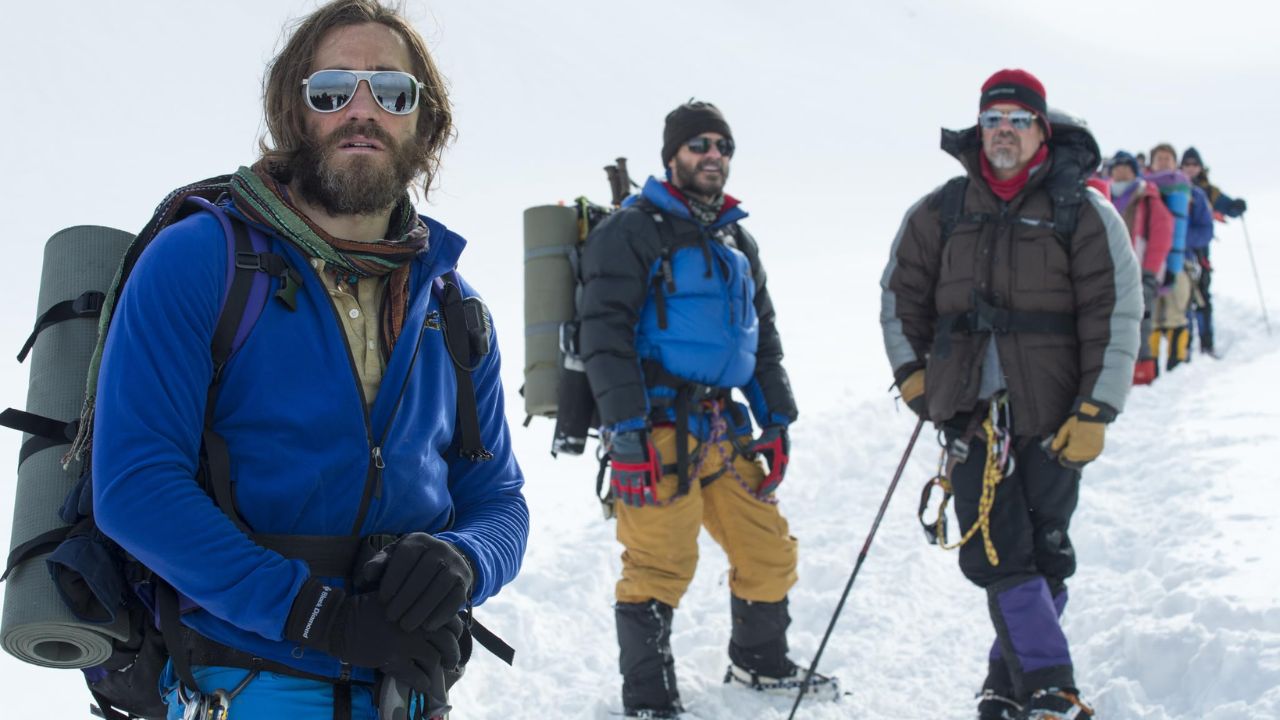
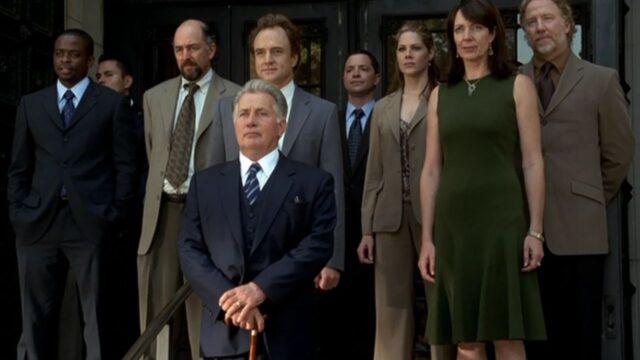

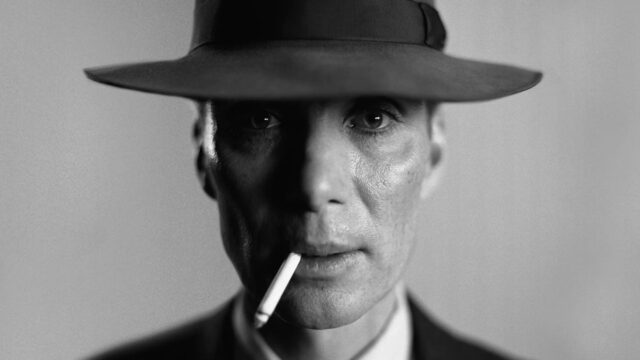
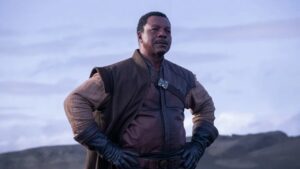

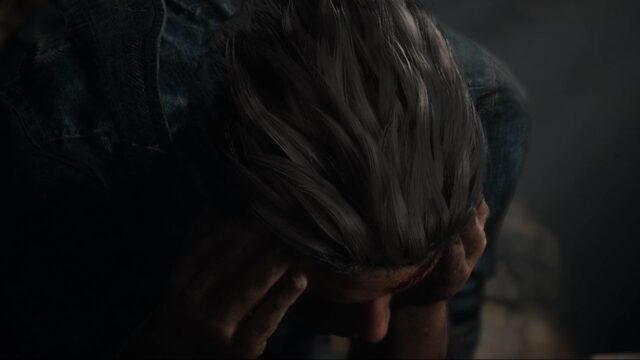
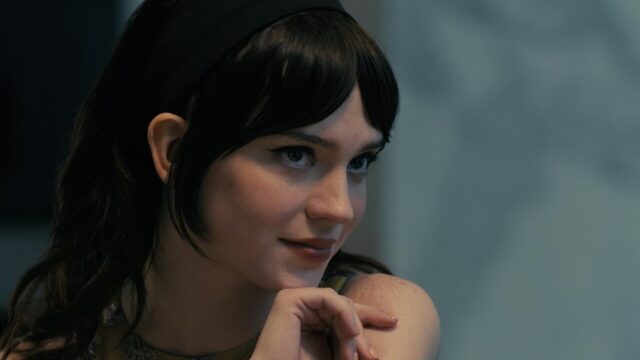
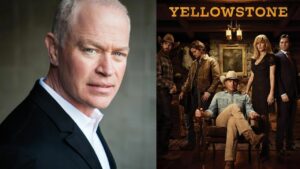
No Comments on Everest Ending Explained: Beck Weathers Rescue Mission and Andy’s Fate Explained